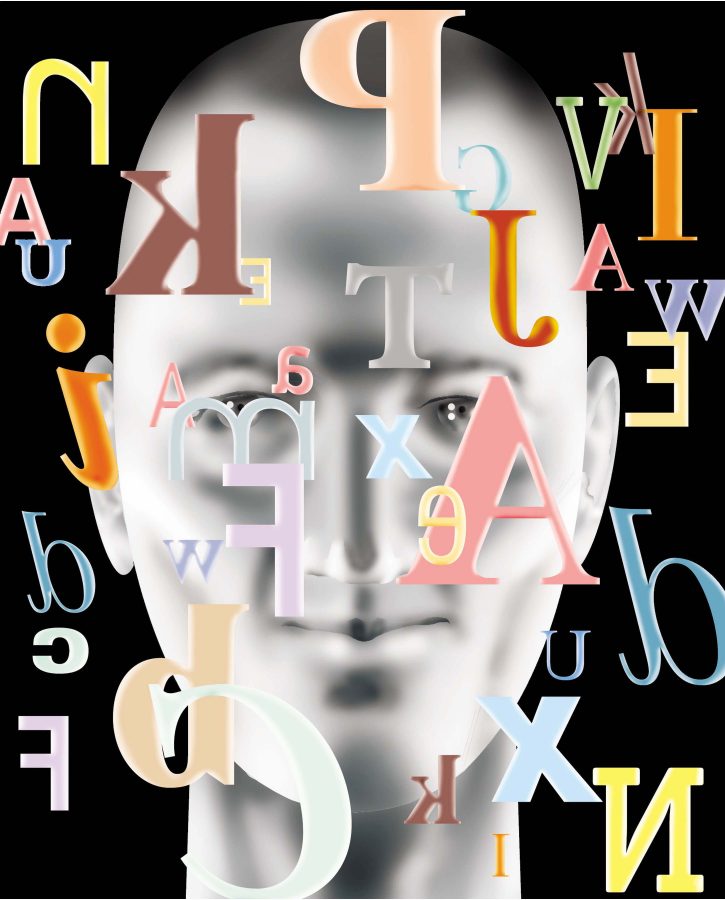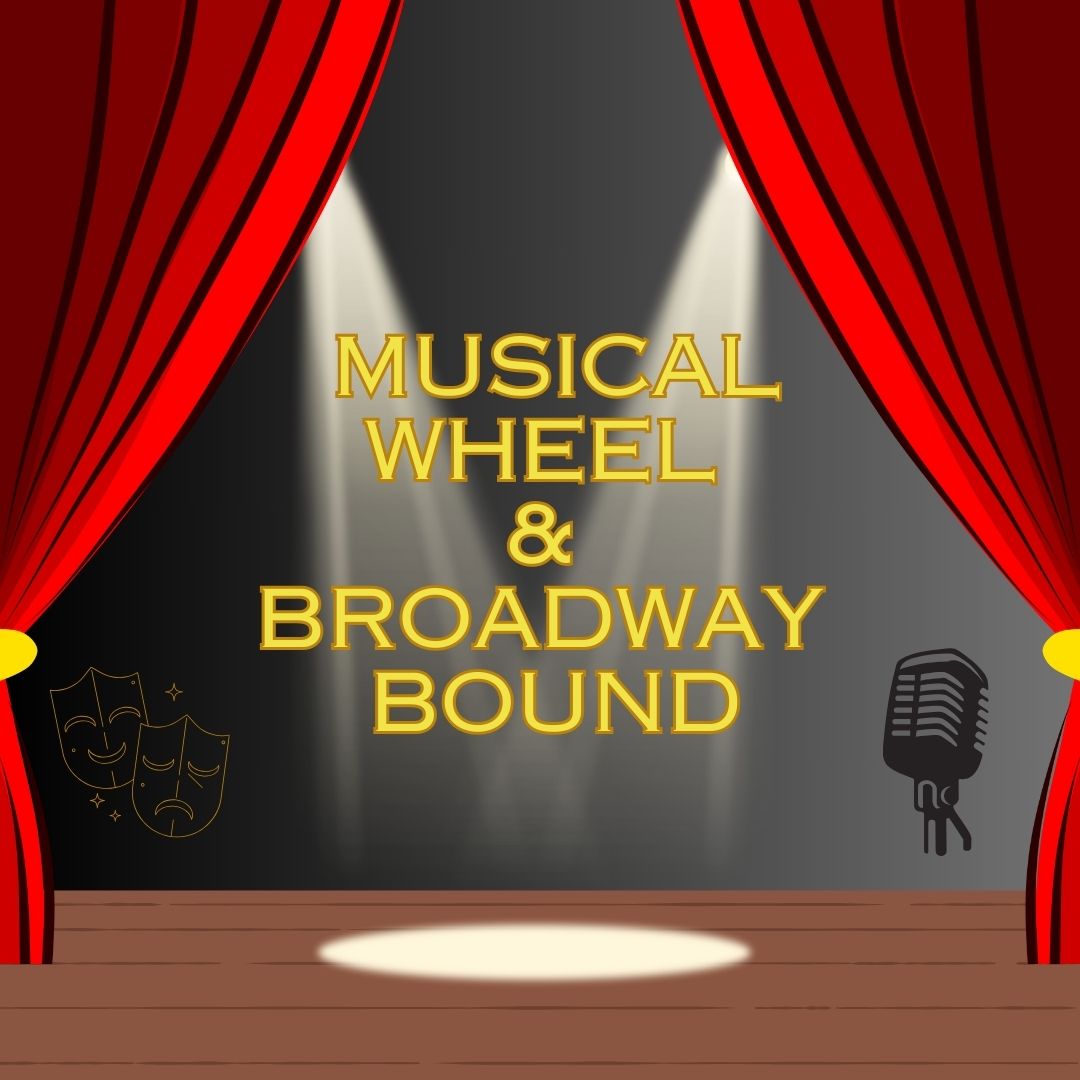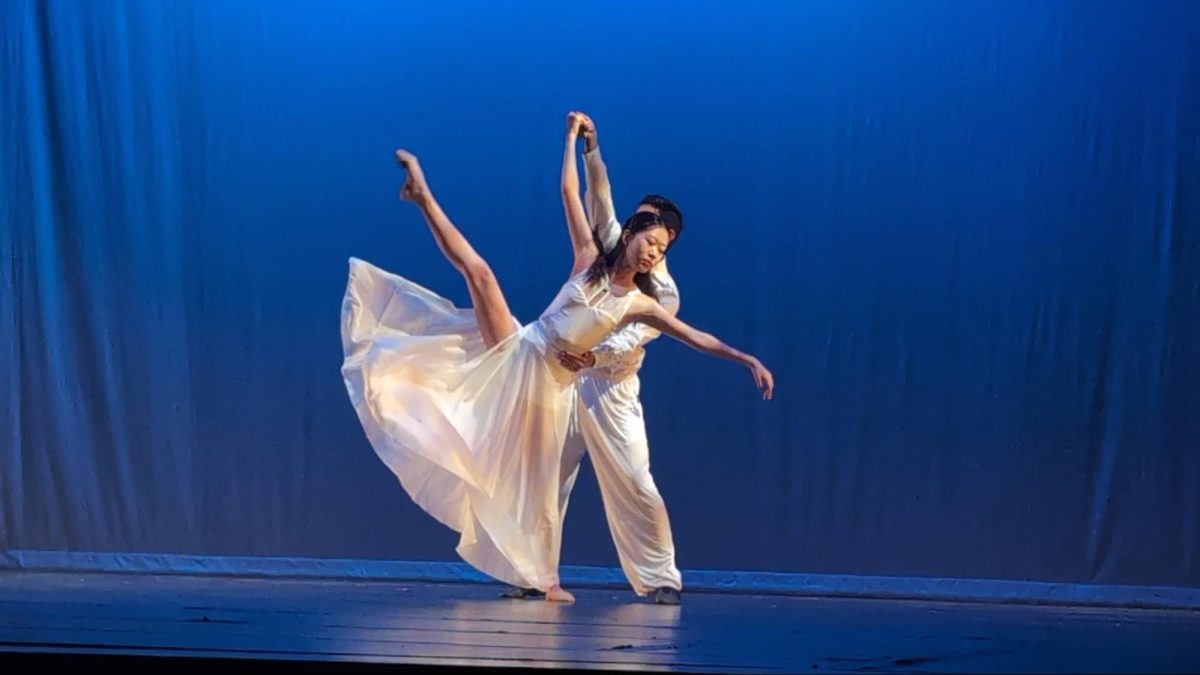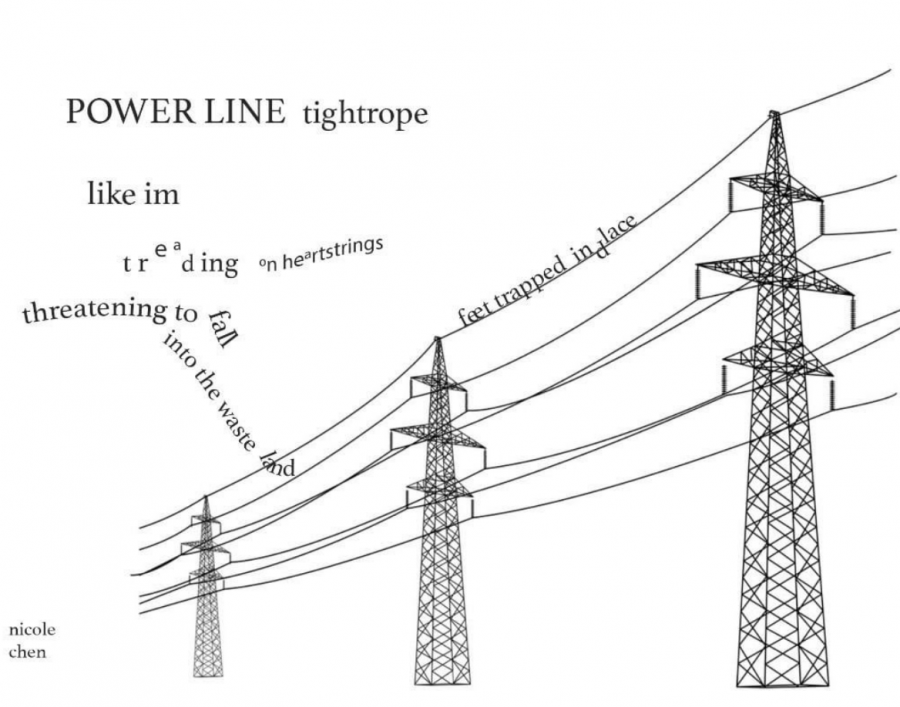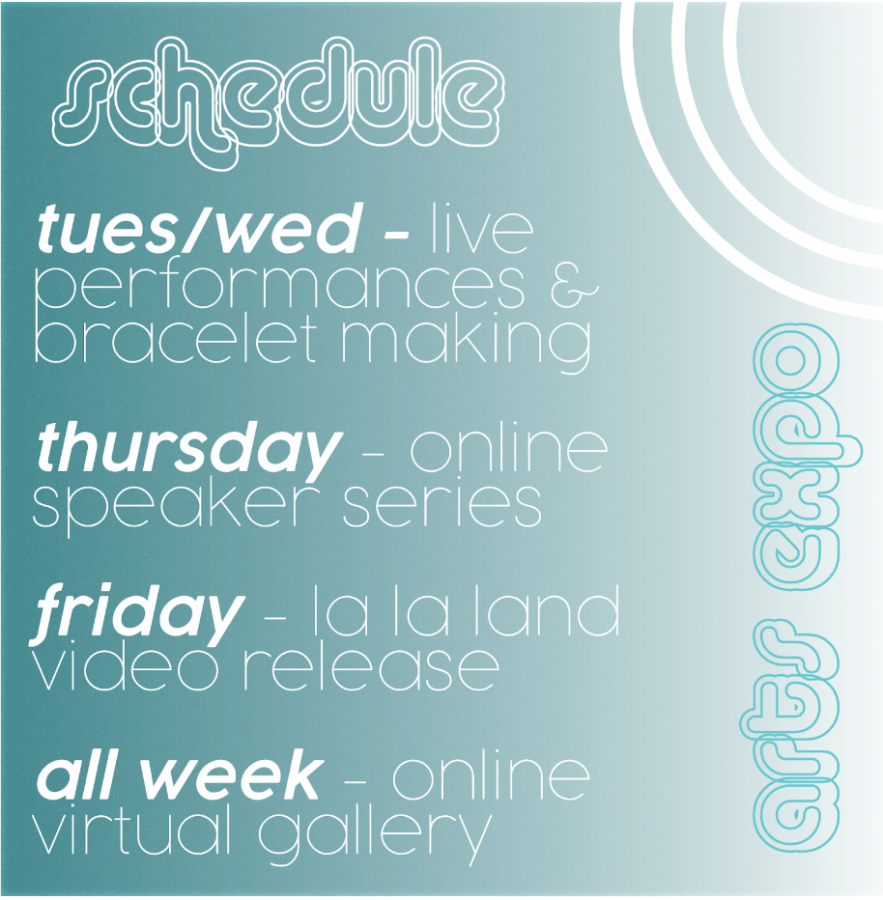
(Jim Atherton/MCT)
If you think Tchaikovsky’s “1812 Overture” is spiky, 4 is purple or November has a nasty temper, you might have synesthesia. Synesthesia is a psychological phenomenon where a person’s senses are linked, so sensing one thing triggers another. One of the most common types of synesthesia is grapheme → color, where letters, numbers, and words are linked with colors. A person with grapheme → color synesthesia simply knows that the word “cat” both means “cat” and is yellow.
Tarek Khelif (Sr.), who has grapheme → color and temporal-spatial synesthesia, said, “Numbers and letters have colors associated with them in the same way they have sounds and values associated with them. Like, the color is just another bit of information I automatically interpret when I see a letter or a number.”
Other types of synesthesia include Khelif’s temporal-spatial where time has shape (a week is circular or a year is linear), sound → color (sounds have colors), auditory-tactile (sounds cause tactile sensations) and ordinal-linguistic personification (letters, numbers, months, etc. have personalities), as well as many others.
Synesthesia is surprisingly common. Even if you, reading this, do not have synesthesia yourself, you probably know a few people who do. The general public, however, is not very aware of synesthesia, so many synesthetes do not realize their sensations are unusual.
Grapheme → color synesthete Ally Kaufman (Sr.) said she discovered her synesthesia because “I would try to tell my mom why I liked/disliked a word or color or number and she never understood what I meant when I said that the four was purple and bad…later I connected it to synesthesia.” Kaufman also has sound → color synesthesia.
Many synesthetes use their associations to their advantage. For example, most grapheme → color synesthetes can memorize and remember words more easily than non-synesthetes. Khelif said, “When I think of a word and then forget it, I still remember the color.” He knows if a word is red, it begins with T, as T is his only red letter.
In addition to helping with memorization, Kaufman’s synesthesia assists her as the sound designer for technical theater. “I can see the colors of the sounds, and I can tell when something sounds good versus when something is wrong with the sound,” she said.
Despite sometimes getting headaches from the sounds and colors of large crowds, Kaufman is very glad she has synesthesia. She said, “It makes my perspective unique from each and every person around me…I couldn’t imagine not having it, but I think things are probably pretty dull.”
By EMMA REMY
Staff Writer
Synesthesia: a mixing of senses
December 13, 2013
Story continues below advertisement
Donate to Sword & Shield
$180
$1000
Contributed
Our Goal
Your donation will support the student journalists of University High School. Your contribution will allow us to purchase equipment and cover our annual website hosting costs.



